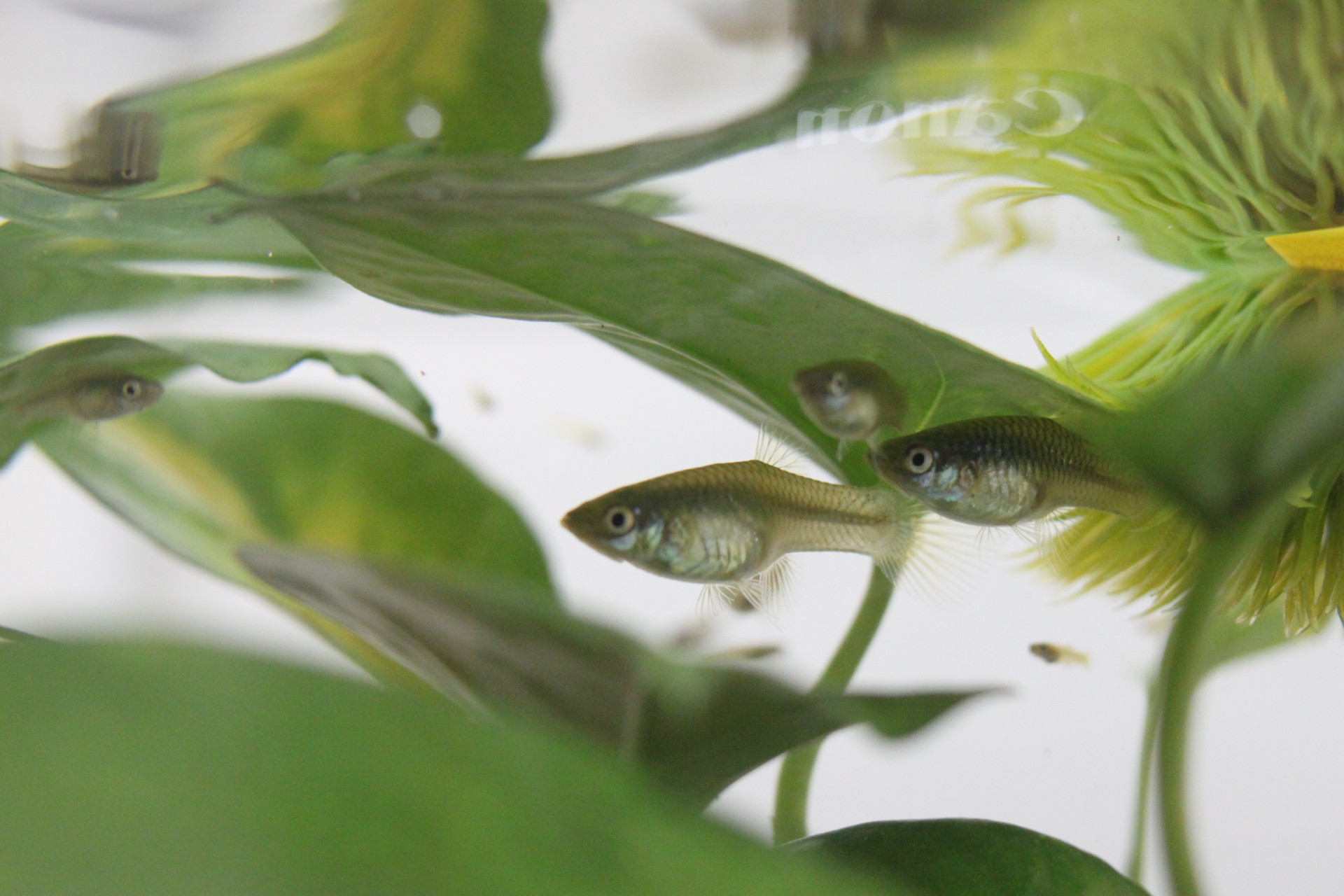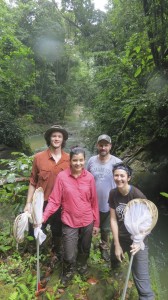
When faced with a dwindling, in-bred group of animals, wildlife managers have introduced new individuals to try to diversify genetics and revitalize the population.
But the strategy is not widely used. Many fear this hybridization will dilute or wipe out the local traits that have enabled a population to survive in an environment for generations and result in offspring unable to flourish.
A new study by Colorado State University researchers, however, suggests this fear might be unnecessary – at least in the case of guppies on the Caribbean island of Trinidad. Their findings, which were recently published in Ecology Letters, indicate a mixing of genes from different populations has not harmed the rapidly evolving fish and may have, in fact, helped the guppies thrive.
“Our work with guppies suggests that gene flow can be positive and may even help species adapt to changing conditions and climate,” said Sarah Fitzpatrick, a CSU doctoral student and lead author of the paper entitled “Locally adapted traits maintained in the face of high gene flow.”
First of several papers
The paper is the first of several expected to result from a study led by Chris Funk and Lisa Angeloni, professors in the Department of Biology in the College of Natural Sciences, to analyze the effects of hybridization between populations that originated from different environments. The goal of the National Science Foundation-funded project is to understand the way gene flow can result in “genetic rescue” – a revival of an animal group – or cause the population to crash.
“This is a much-debated topic,” Funk said. “Wildlife managers have tended to shy from hybridizing populations because they were unsure it would work.”
Why Trinidadian guppies?
Scientists have long studied Trinidadian guppies to gain insight into how species respond to different environments and observe the process of adaptive evolution in the wild. The small fish reproduces rapidly (two to three generations a year) and exhibits many adaptive traits.
For example, Trinidadian guppies from low-elevation stream sections with a lot of natural predators are smaller, less colorful, faster and reach maturity at a younger age than those living above waterfalls with few predators.
“They are a good species for studying gene flow in nature,” Funk said.
Retracing earlier studies
In the recently published study, the CSU team studied guppy populations that had been genetically “mixed” during previous studies by other researchers who moved guppies from high-predation areas upstream of populations in low-predation habitats.
“We wanted to re-trace those earlier experiments and find out how gene flow from those introductions impacted native guppy populations and their ability to adapt,” Fitzpatrick said.
In total, the CSU team visited 25 sites along six streams throughout Trinidad, took genetic samples and measured traits such as size, coloration and body shape from more than 1,000 guppies.
What they found in all cases was that introduced guppies had washed downstream and hybridized with native guppies, but the mixed populations remained well-adapted to the local habitat. For example, guppies in areas with few predators were still larger and more colorful than their downstream counterparts in habitats with a lot of predators.
“If you look at the genetics, guppies throughout the stream were indistinguishable from the introduced fish, but if you look at the traits, they matched what is needed to best survive and reproduce in different environments,” Fitzpatrick said.
Making the case for genetic rescue
The study helps answer some unknowns about gene flow and whether it wipes out certain adaptive traits, Funk said.
“There is mounting evidence that genetic rescue tends to work and has the desired effect of increasing genetic diversity and fitness,” he said. “This study adds to that evidence and that genetic rescue could be a good management tool for declining populations.”